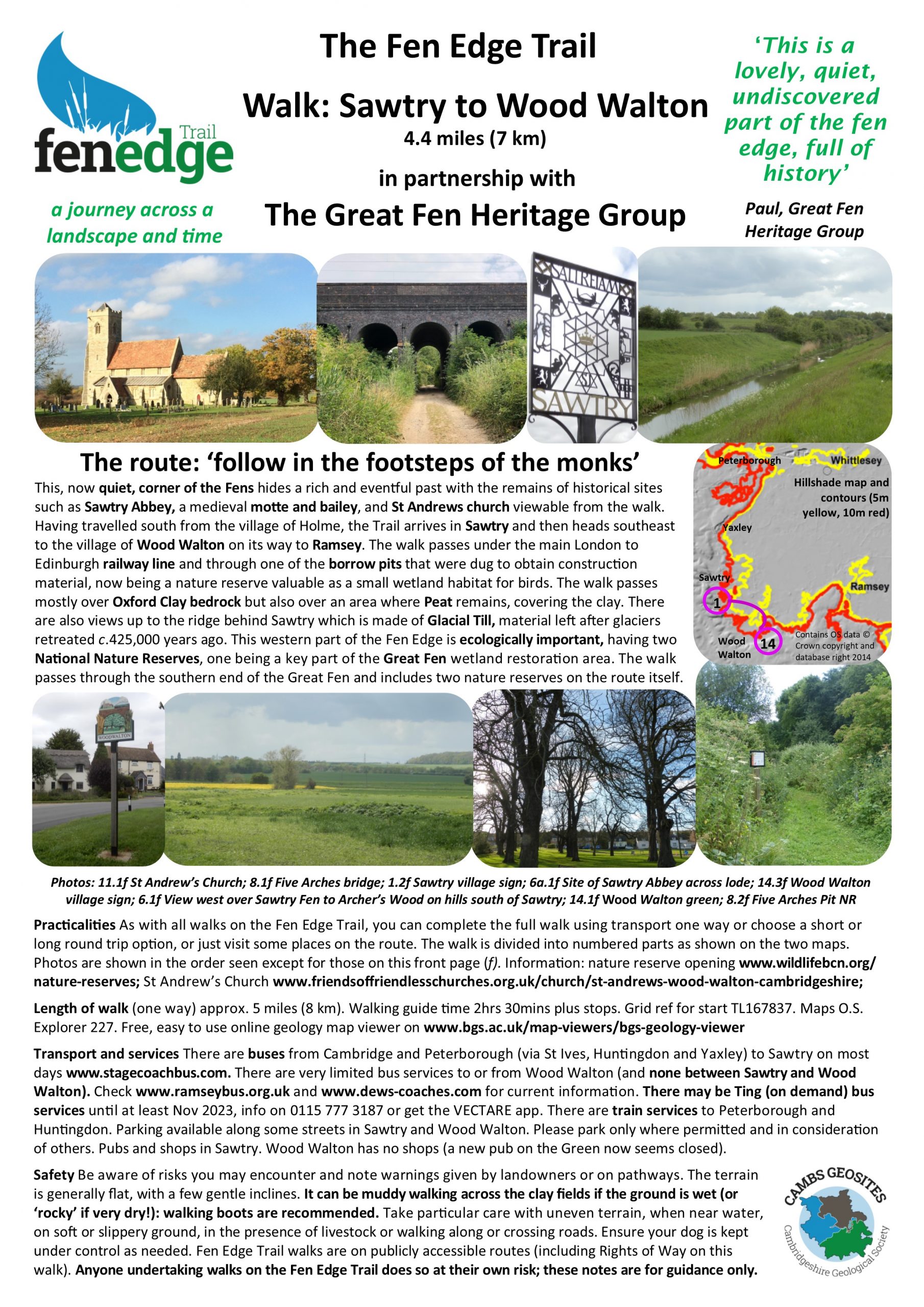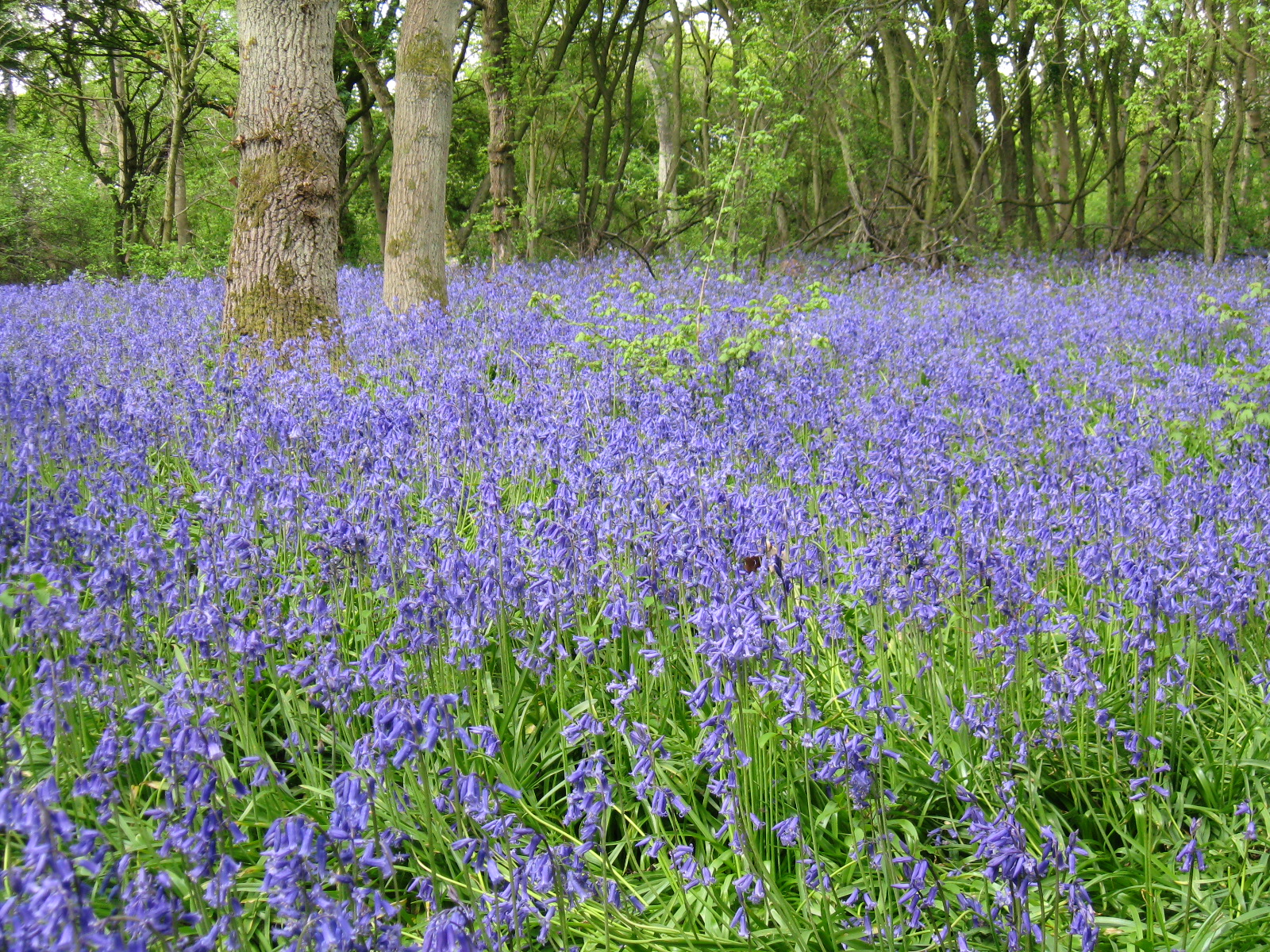Three walks:
The final two walks on the Peterborough to Ramsey section take you from Sawtry to Wood Walton and then on to Upwood and Ramsey. There will also be an additional walk into the southern part of the Great fen (Ramsey heights Nature Reserve and Woodwalton Fen National Nature Reserve).
1 (7) Sawtry to Wood Walton – published
2 (8) Wood Walton to Ramsey via Upwood – published
Download Walk Guides below
3 (8a) additional walk into The Great Fen – Woodwalton Fen & Ramsey Heights Nature Reserve
Walk Guide likely to be published late 2024
Our current partners here are the Wildlife Trust BCN and the Great Fen, including the Great Fen Heritage Group.

Walk 1 (7): Sawtry to Wood Walton
DOWNLOAD WALK GUIDE
‘This is a lovely, quiet, undiscovered part of the fen edge, full of history’
The route: ‘follow in the footsteps of the monks’
4.4 miles (7 km) Walking guide time 2hrs 30mins plus stops
In partnership with the Great Fen Heritage Group
This, now quiet, corner of the Fens hides a rich and eventful past with the remains of historical sites such as Sawtry Abbey, a medieval motte and bailey, and St Andrews church viewable from the walk. Having travelled south from the village of Holme, the Trail arrives in Sawtry and then heads southeast to the village of Wood Walton on its way to Ramsey.
From Sawtry, we travel east past Sawtry Fen and the ruins of Sawtry Abbey to cross under the East Coast mainline at Five Arches Pit where there is a Wildlife Trust nature reserve in a flooded pit, once one of the borrow pits worked for material to build the railway. Now it is valuable as a small wetland habitat for birds and other wildlife. After passing the moated site and old church at Church End, and Wood Walton village,
The walk passes mostly over Oxford Clay bedrock but also over an area where Peat remains, covering the clay. There are also views up to the ridge behind Sawtry which is made of Glacial Till, material left after glaciers retreated c.425,000 years ago. This western part of the Fen Edge is ecologically important, having two National Nature Reserves, one being a key part of the Great Fen wetland restoration area. The walk passes through the southern end of the Great Fen and includes two nature reserves, managed by the Wildlife Trust, on the route itself.
From Sawtry, we travel east past Sawtry Fen and the ruins of Sawtry Abbey to cross under the East Coast mainline at Five Arches Pit where there is a Wildlife Trust nature reserve in a flooded pit, once one of the borrow pits worked for material to build the railway. Now it is valuable as a small wetland habitat for birds and other wildlife. After passing the moated site and old church at Church End, and Wood Walton village,
The walk passes mostly over Oxford Clay bedrock but also over an area where Peat remains, covering the clay. There are also views up to the ridge behind Sawtry which is made of Glacial Till, material left after glaciers retreated c.425,000 years ago. This western part of the Fen Edge is ecologically important, having two National Nature Reserves, one being a key part of the Great Fen wetland restoration area. The walk passes through the southern end of the Great Fen and includes two nature reserves, managed by the Wildlife Trust, on the route itself.

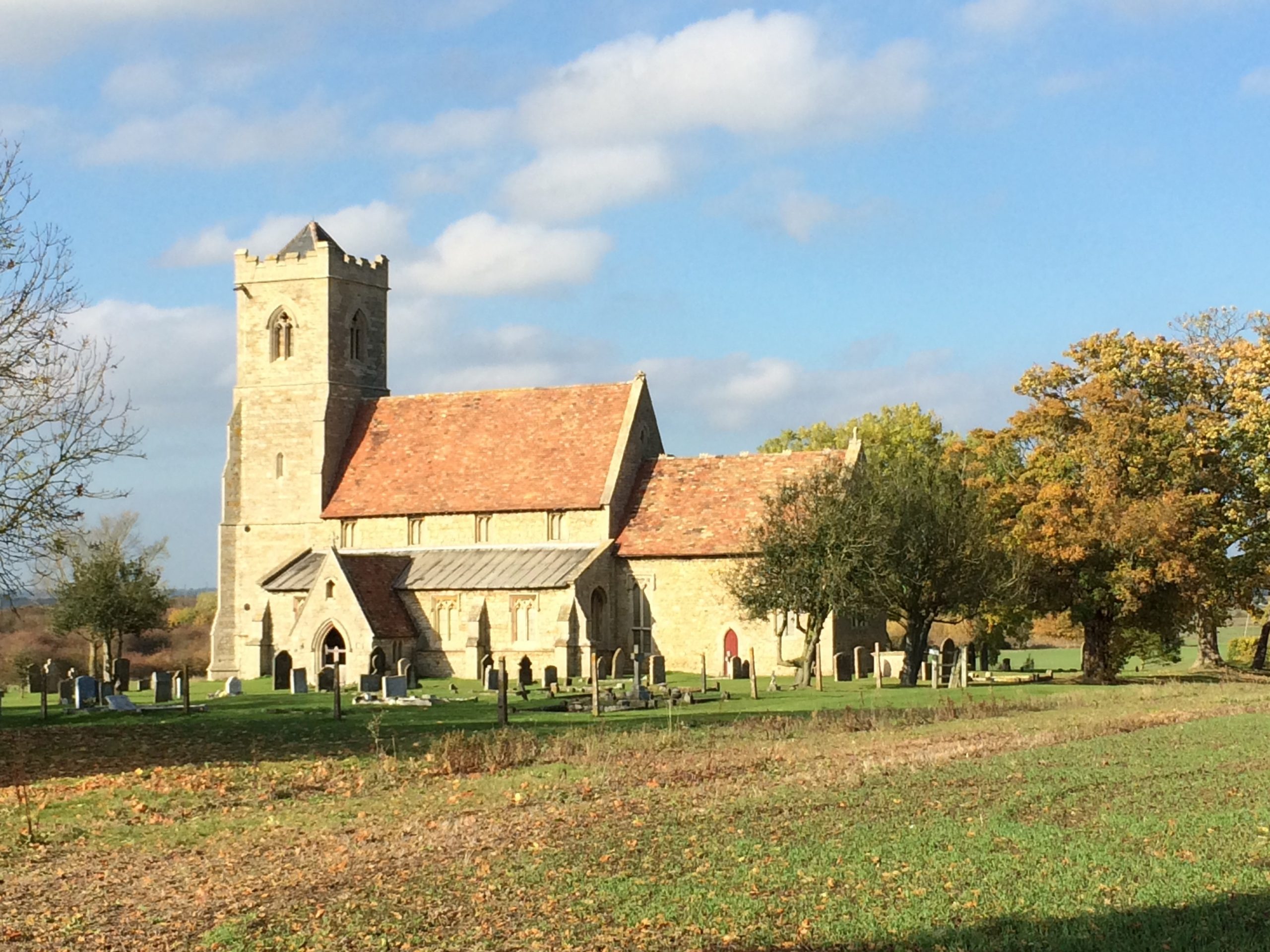

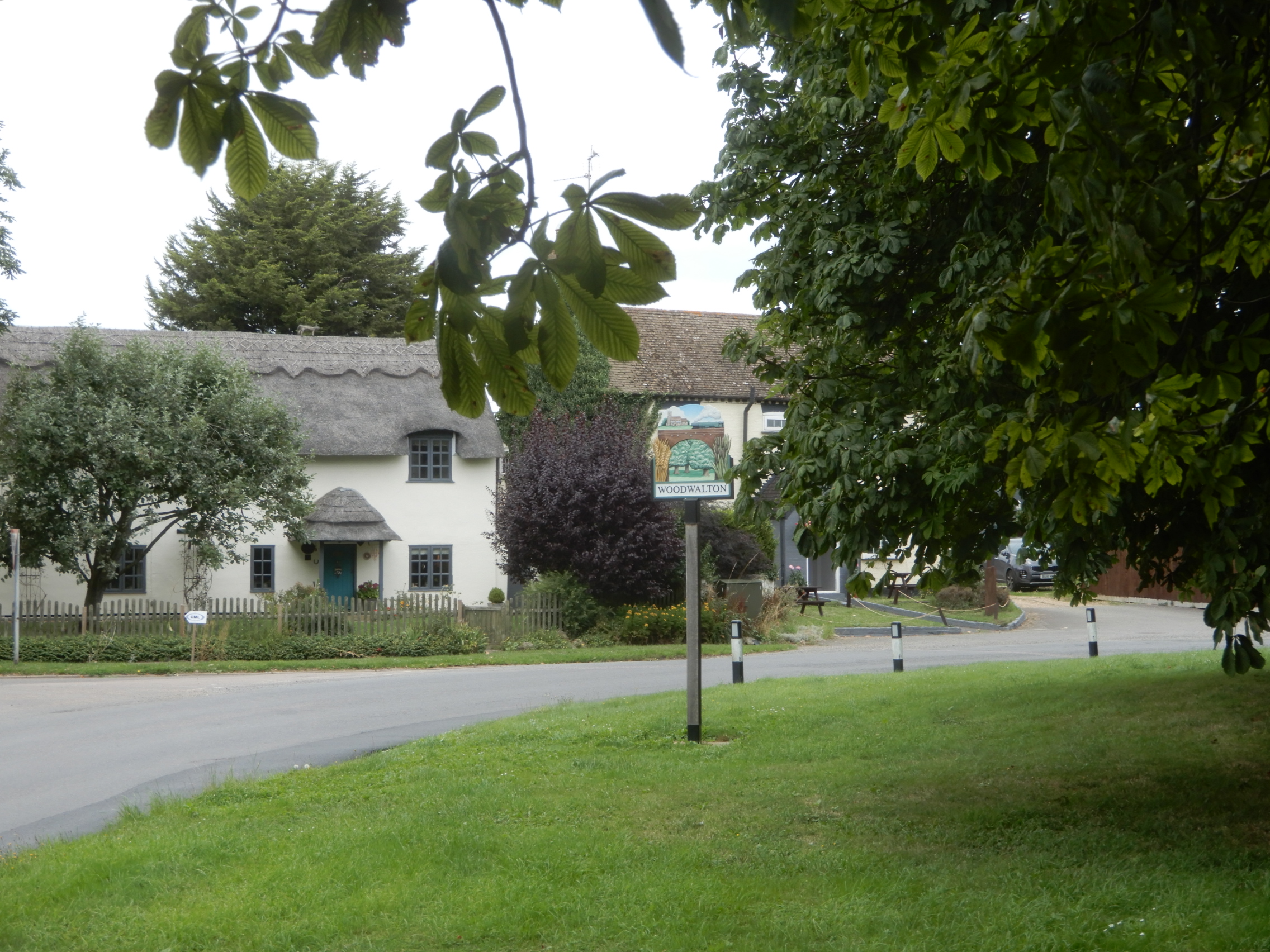
Landscape and Geology
The ‘Peat’ of the Fens is very complex, its character dependent on the type of vegetation that it contains, including reeds, wood and sphagnum moss. The latter grows where material has built up high enough to escape the calcareous ‘fen’ waters and be influenced by (acidic) rain, thereby creating acidic Peat bog. This only occurred in a few areas but particularly in the ‘bays’ of this western fen edge. The most extensive marine incursion, during the Bronze Age, did not reach this far allowing a deep sequence of Peat to form uninterrupted (possibly since as long ago as c.8,000 years), although much has now gone. The Oxford Clay is famous for its fossils of marine reptiles, such as large Ichthyosaurs and Plesiosaurs (including Pliosaurs). In places it contains harder bands that form low ridges, providing higher and, therefore, dryer land. Most of the walk is over this clay, including the villages themselves.
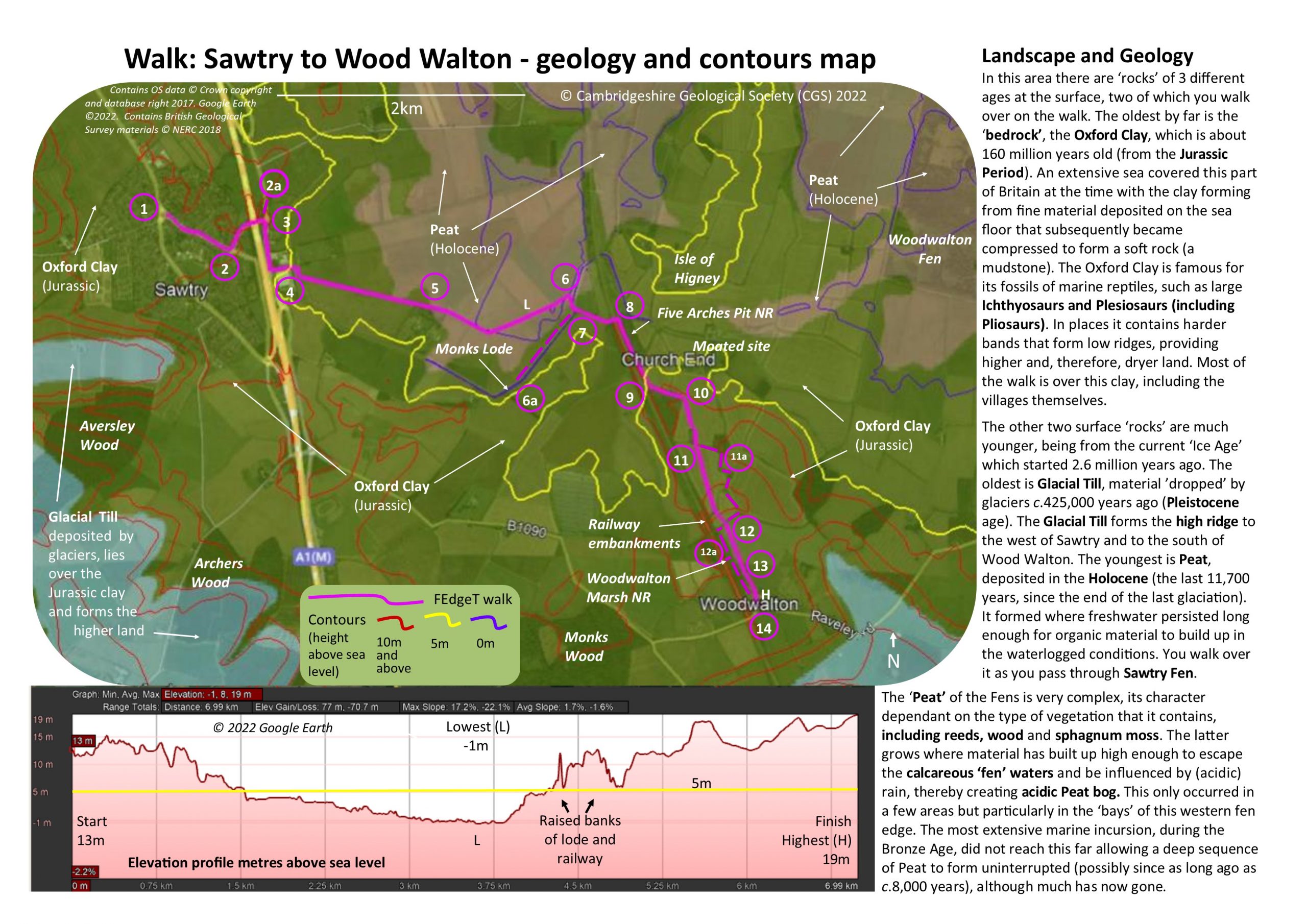
Walk 2 (8): Wood Walton to Ramsey via Upwood
DOWNLOAD WALK GUIDE
‘A lovely walk, especially in spring when the nature reserves are in flower’
The route: ‘past fen edge woods and meadows towards an ancient Abbey’
6.4 miles (10.2 km) Walking guide time 3hrs 30mins plus stops
In partnership with the Warboys Archaeology Group
‘A lovely walk, especially in spring when the nature reserves are in flower’
The route: ‘past fen edge woods and meadows towards an ancient Abbey’
6.4 miles (10.2 km) Walking guide time 3hrs 30mins plus stops
In partnership with the Warboys Archaeology Group
This is the last walk on the part of the Trail that connects Peterborough with Ramsey. It has some great views down over the fenland and includes historic sites, finishing at one of the most famous in the Fens, and several small, fen edge nature reserves. Wood Walton village lies at about 20 metres above sea level on the slopes of a high ridge that encloses a deep basin on this far western edge of the Fens. The walk starts close to a medieval motte and bailey in Wood Walton village and passes through quiet farming countryside as you descend the ridge, with extensive views north over Woodwalton Fen National Nature Reserve in the Great Fen. You pass Gamsey Wood, and Lady’s Wood Nature Reserves and then Upwood Meadows, another National Nature Reserve, famous for its orchids. The walk then goes through the small village of Upwood,, which was once home to an important Saxon nobleman, Ailwyn, who founded Ramsey Abbey. Leaving Upwood, the Trail climbs a hill next to the former RAF Upwood site, which hosted Pathfinder squadrons during WWII, before descending into Bury to follow the 5m contour near Bury Brook into Ramsey. Winding through the lanes and streets of this historic town, you finish at the former site of Ramsey Abbey. The next walk on the Trail heads south to take you to the River Great Ouse and St Ives.








Walk 3 (8a): Wood Walton Fen and Ramsey Heights
A walk from either Ramsey or Bury to Ramsey Heights Nature Reserve and Local Geological Site and then on to Woodwalton Fen
Walk Guide likely to be published late 2024/early 2025
An optional visit can be made to Woodwalton Fen National Nature Reserve, at the southern end of the Great Fen, and Ramsey Heights nature reserve and countryside classroom. Woodwalton Fen is one of the ‘jewels in the crown’ of fenland as it is a remnant of the ecologically rich wetland that used to cover much of the area. The walk follows Rights of Way from Ramsey or Bury until you reach the road between Ramsey Heights and Upwood (Ugg Mere Court Road). You then walk down Chapel Road to Ramsey Heights Nature Reserve on the right and then further on to the end of the road which brings you to the entrance to Woodwalton Fen National Nature Reserve, part of the Great Fen. Ramsey heights NR has a small visitor centre/countryside classroom that is usually open during the day. The walk follows the Rothschild Way, which connects Woodwalton Fen in the west with another National Nature Reserve, Wicken Fen, in the east of fenland. Ramsey Heights Nature Reserve is also a Local Geological Site due to its brick kiln and clay pits (now flooded). The Oxford Clay bedrock was dug to make bricks and tiles on site and some of the old kilns can still be seen. There is information on the history of the brickmaking and the remains of the workers’ buildings.


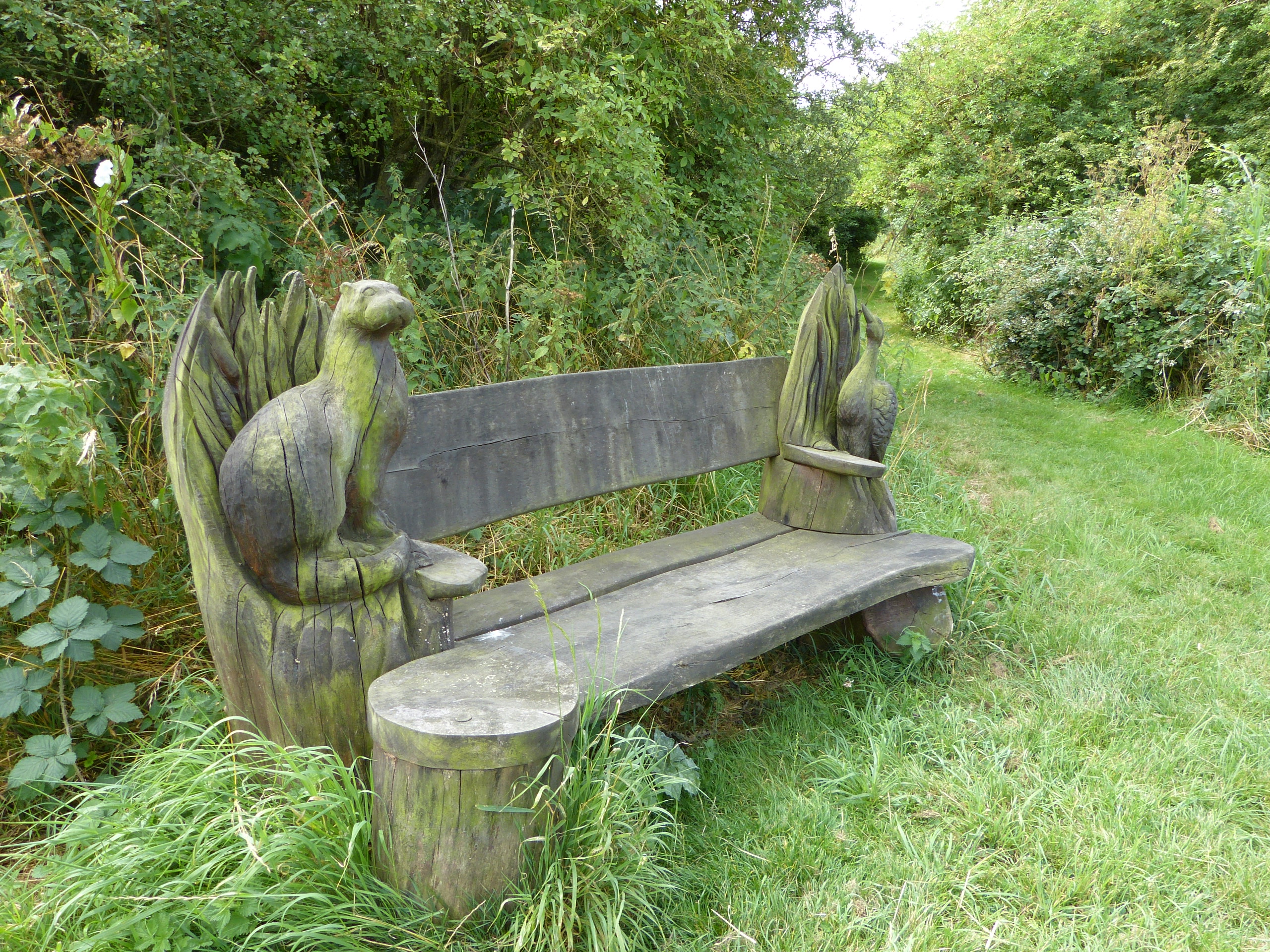


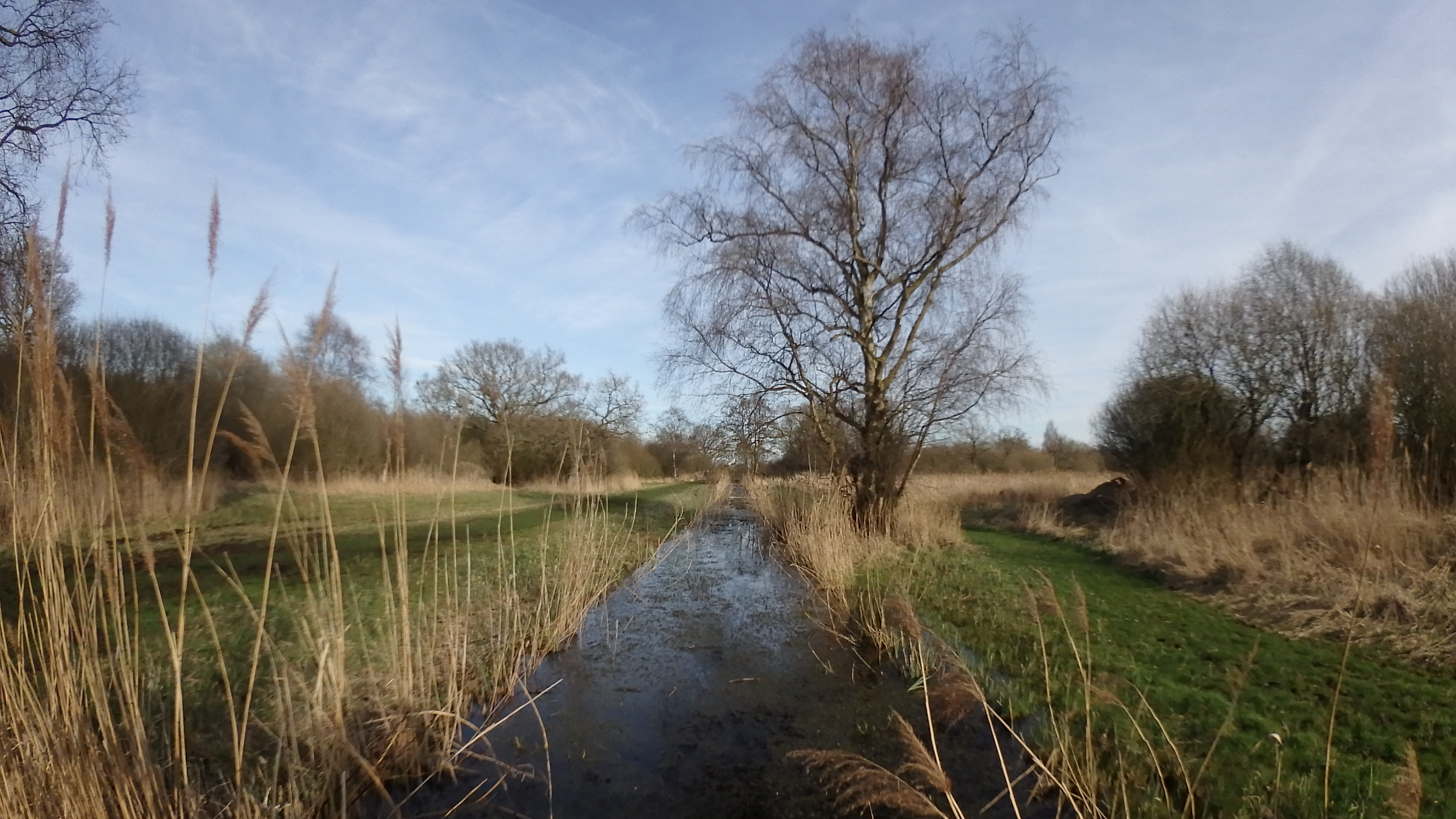

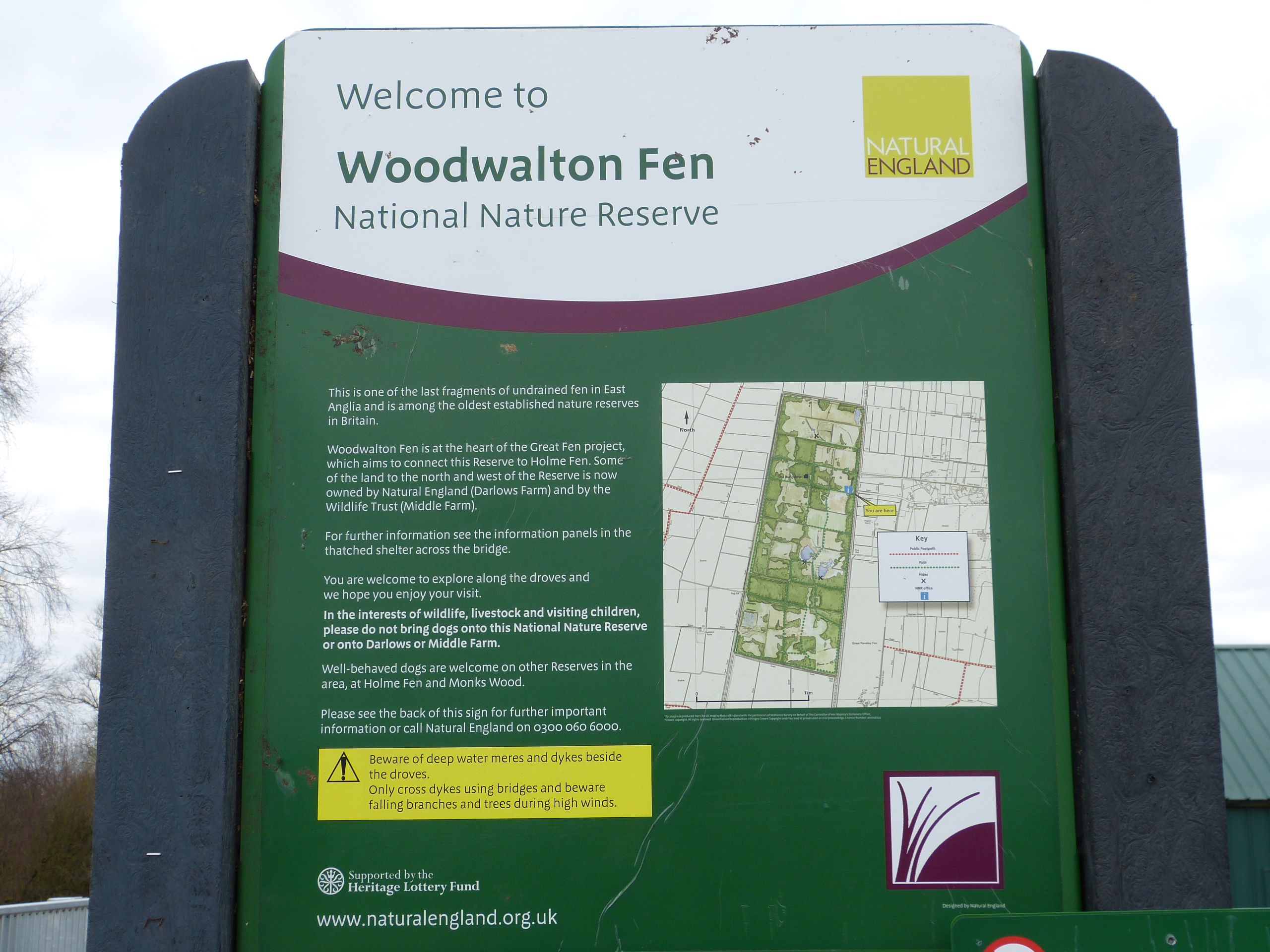
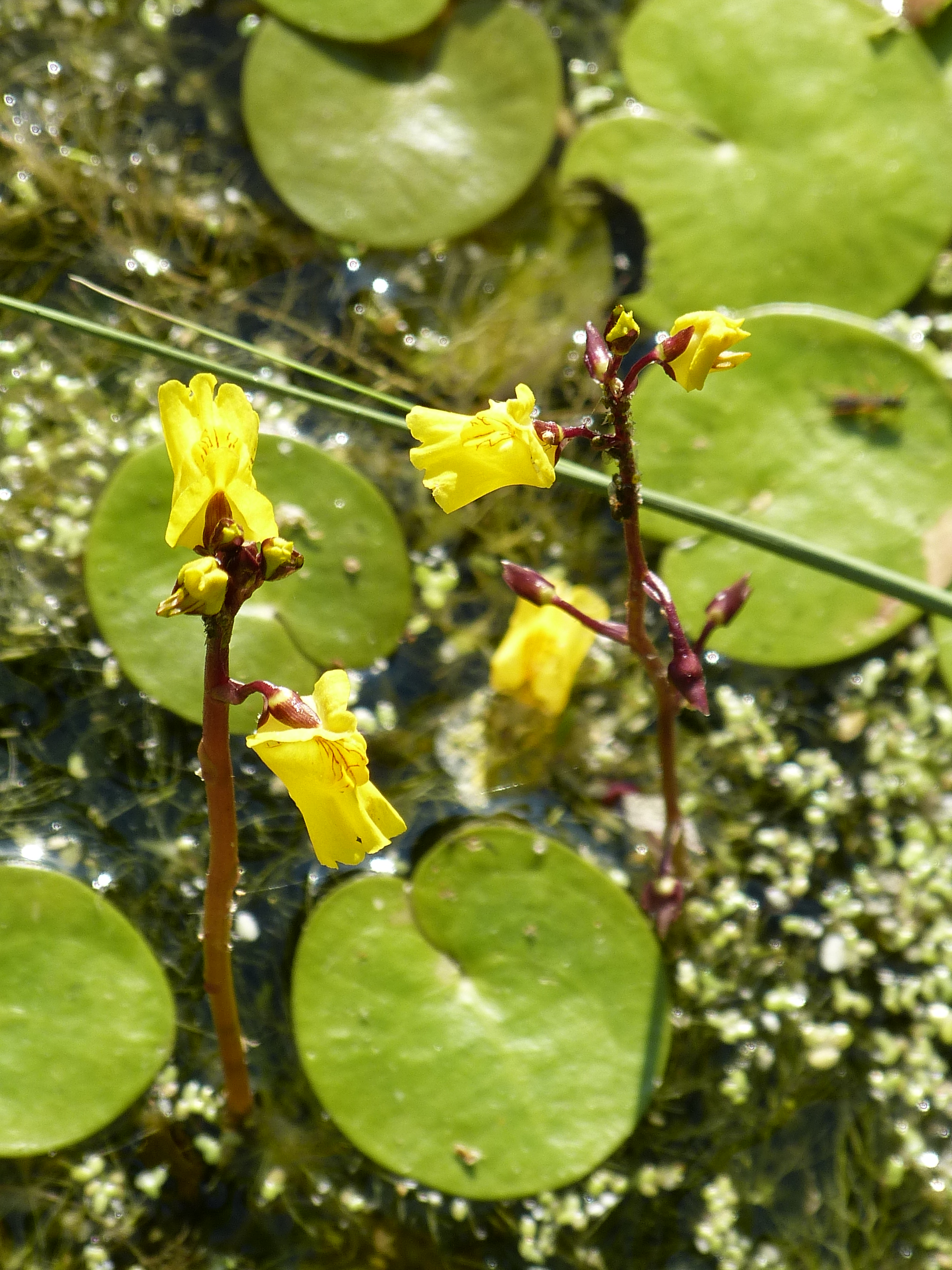

© Cambridgeshire Geological Society


